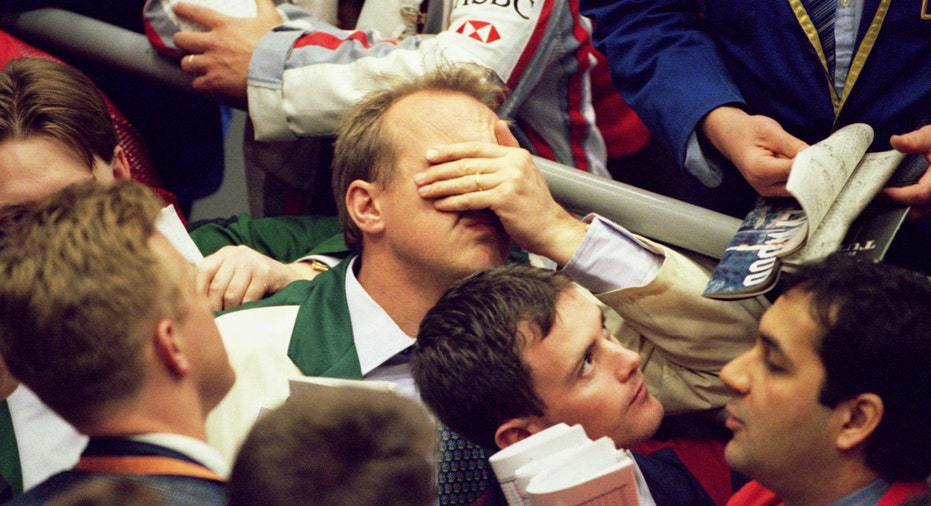Stocks Facing Bigger Issue Than Chinese Slowdown

Monday’s sharp stock selloff, an alarming opening to the 2016 trading season, is being blamed on renewed concerns out of China that the world’s second largest economy is rapidly losing steam.
That’s makes sense, but the downturn may be a sign of a larger issue for U.S. stock markets: investors are coming around to the reality that years of stock market gains fueled largely by the Federal Reserve’s easy money policies are finally coming to an end.
In other words, the party is over and it’s time to sober up. How appropriate then that this message is resonating so clearly on the first trading day after the New Year.
At 11:00 a.m. ET the Dow Jones Industrial Average was down 463 points, or 2.66% to 16961. The S&P 500 had fallen 2.64% to 1990, while the Nasdaq Composite plunged 158 points, or 3.16% to 4850. All 10 S&P 500 sectors were in negative territory, as technology and financials led the way down.
The Fed on Dec. 16, 2015 raised interest rates for the first time in nearly a decade. While the move was slight – rates were raised by just 0.25% off the near-zero range where they’d been held since December 2008 – the decision sent a powerful message to markets: the Fed is anxious to get U.S. monetary policy back to normal and put the easy-money policies of the past decade in the rear view mirror.
For years critics of the Fed’s unprecedented interventionist policies in the wake of the 2008 financial crisis have warned of two harmful results of printing and pumping trillions of dollars into the U.S. economy.
The first was the potential for runaway inflation, which has so far proven unfounded. The second was the likelihood of asset bubbles inflated by investors who needed some place to park all that excess cash.
The U.S. stock market has been the recipient of a significant portion of that excess cash. Consider the S&P 500 index, the widest gauge of U.S. stocks and the one most closely observed by analysts. The index, despite some recent rocky patches including today’s sell off, is up nearly 300% since falling to a recession low of 683 in March 2009.
Even Fed Chair Janet Yellen has acknowledged that U.S. stocks were getting a bit lofty. In a speech last year, Yellen said “equity market valuations are quite high,” confirming a suspicion voiced by many analysts during the five-year bull market that followed the end of the 2009 recession.
All this doesn’t necessarily mean U.S. stock markets are headed for a dramatic correction. Instead, it means the healthy annual gains seen in the years immediately following the end of the recession, as the Fed was pumping money into the economy via bond buying programs and low interest rates, are likely over and that 2016 is likely to resemble 2015, a slightly down year for the S&P 500.
Analysts at Goldman Sachs (NYSE:GS) predicted as much late last year. “We forecast the S&P 500 index will tread water for a second consecutive year in 2016,” the analysts wrote.
Goldman forecasted that the S&P 500 will end 2016 at 2100, or 1% above its current level of 2059 (when the report was written). “In 2016 the key focus of all market participants will be the path of ongoing interest rate normalization,” the analysts added.



















